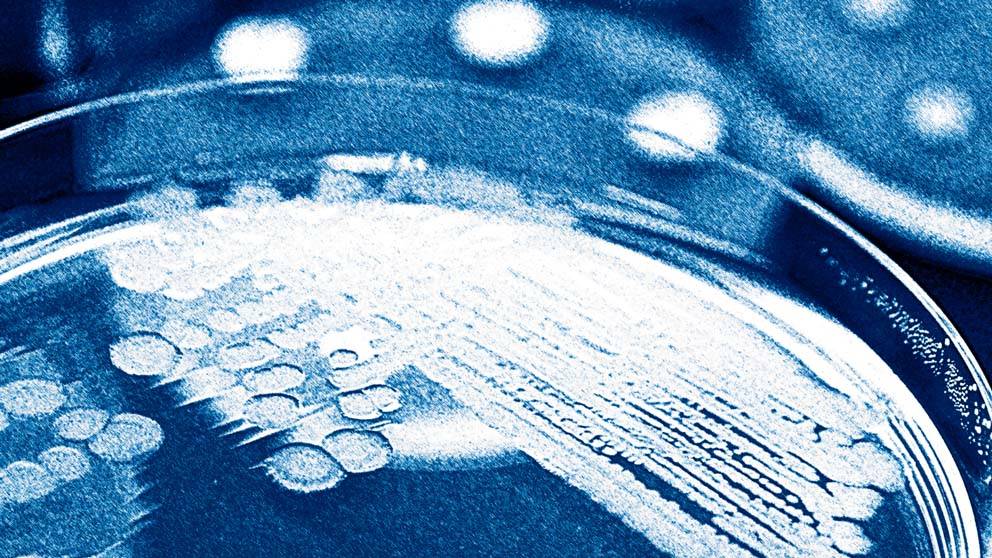Advances in high-throughput sequencing have recently enabled deep surveys and characterizations of entire populations of bacteria, fungi and viruses in their natural contexts and environments, which include the soil, the ocean and various sites within the human body. These studies have revealed various ways in which these populations—or microbiomes—may interact with and affect human health and the world around us. Nonetheless, we have only begun to scratch the surface of microbiome complexity, and much work remains to deepen our knowledge of the microbiome and apply lessons from this emergent area of research.

Now, a multi-institutional group of leading microbiome researchers, which includes Professor George Weinstock of The Jackson Laboratory for Genomic Medicine, has announced the formation of a consortium to “understand and harness the capabilities of the Earth’s microbial ecosystems.” The Unified Microbiome Initiative (UMI) brings together U.S.-based scientists drawn from multiple disciplines and across the academic, nonprofit and biotech spheres, whose purpose is to accelerate both basic microbiome research and its translation to useful applications in medicine, engineering and beyond. To achieve this, the UMI calls for a global effort to develop new tools and technologies, promote cross-discipline training and collaboration, and create funding mechanisms tailored toward these goals. Details for this strategic initiative were detailed October 30 in the journal Science.
The UMI emphasizes five key areas in which intensified efforts are needed. First, new technologies to identify and annotate uncharacterized microbial genes and metabolites at high throughput must be developed and implemented. Second, we must be able to understand genes in their genomic context, which will require improved methods—both biochemical and computational—for genome assembly. Third, new imaging capabilities should be applied to visualization of microbial activity within complex communities. Fourth, genomic, metabolomic and imaging datasets must be computationally integrated with environmental and host parameters to develop predictive, quantitative models. Finally, improved technologies for precision microbiome manipulation are needed to progress microbiome research from a primarily correlative to an experimental discipline.
Although the UMI Consortium envisions major progress toward the five key areas of need will be achieved over the next ten years, they stress that this will require a sustained public-private investment. Engineers, biologists, computational scientists and others will need to work across disciplines to realize the technological goals of the UMI, and funding is needed to develop, train and support this scientific network. In addition, the Consortium urges that ethicists, regulators and legal professionals get involved early to ensure that the regulatory environment stays ahead of any risks or opportunities that emerge from the accelerated research.